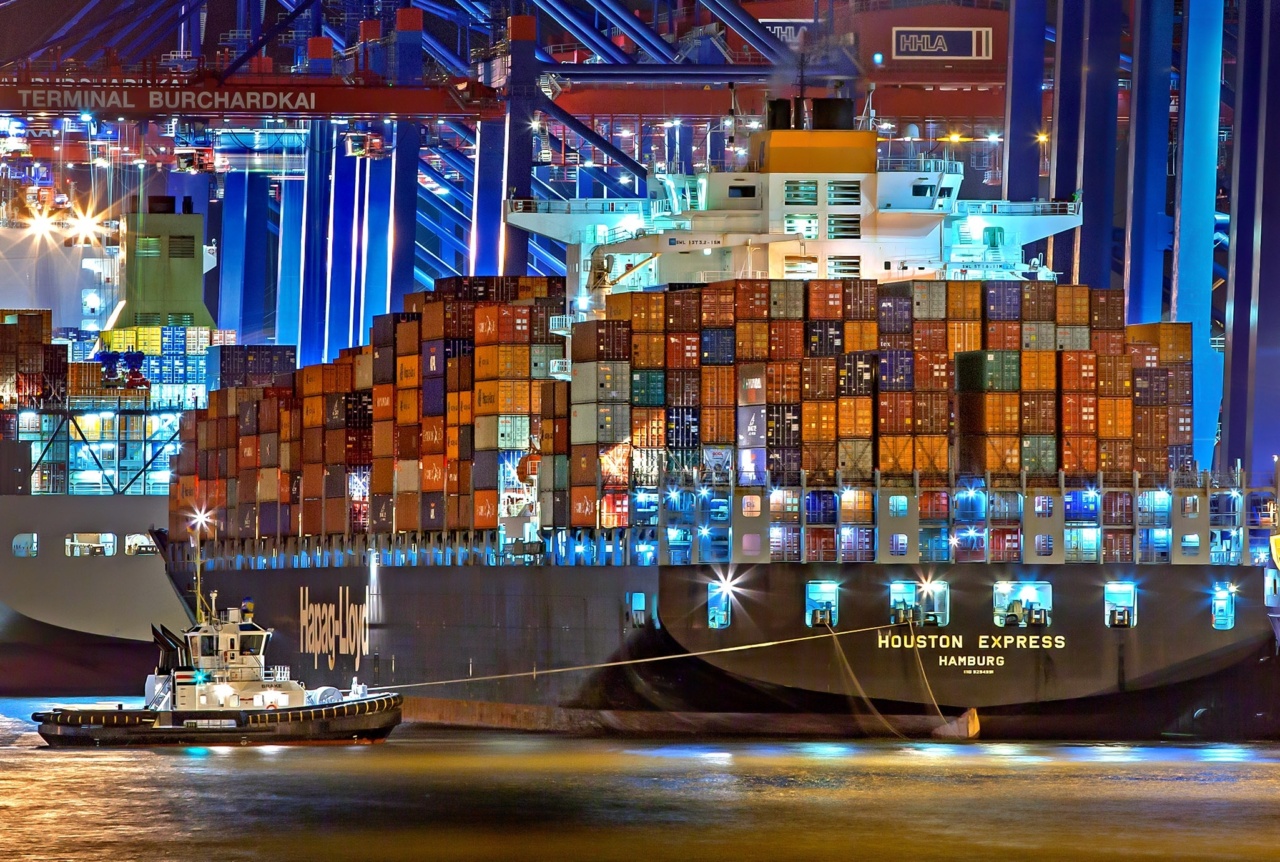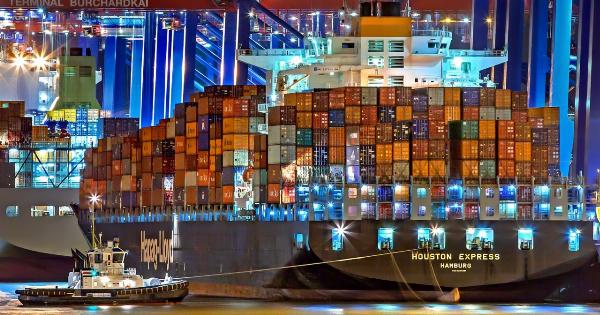The transportation of goods by sea, also known as ocean freight, is a significant component of international trade and commerce. It enables the movement of vast quantities of merchandise across continents and plays a critical role in the global economy.
As with any form of transportation, ensuring the safety and security of both the merchandise being transported and the employees involved in the process is of utmost importance.
The Challenges of Ocean Freight
Shipping goods by ocean presents unique challenges compared to other modes of transportation.
The long-duration of sea voyages, exposure to varying weather conditions, and the complexity of maritime operations all contribute to the risks involved in ocean freight.
1. Proper Packaging and Stowage
One of the fundamental steps in protecting merchandise during ocean freight is ensuring proper packaging and stowage.
The packaging should be designed to withstand the rigors of maritime transportation, including potential impacts, vibrations, and exposure to seawater. Stowage refers to the arrangement of cargo within the container or vessel, considering load distribution and stability to prevent shifting and damage during transit.
2. Container Security
Securing containers is crucial for the protection of merchandise. Containers should be equipped with tamper-evident seals and locks to deter unauthorized access and prevent theft or tampering.
Additionally, the use of tracking devices and advanced container security systems can provide real-time monitoring and alert mechanisms to ensure the safety of the cargo.
3. Compliance with International Regulations
To safeguard merchandise and employees in ocean freight, strict compliance with international regulations is essential.
International Maritime Organization (IMO) regulations, such as the International Convention for the Safety of Life at Sea (SOLAS), impose safety standards and require proper handling and documentation of cargo. Adhering to these regulations ensures the maintenance of safety protocols and the preservation of goods and personnel during transit.
4. Insurance Coverage
Obtaining adequate insurance coverage is a vital aspect of protecting merchandise during ocean freight.
Marine cargo insurance safeguards against various risks, including damage or loss of goods due to accidents, natural disasters, theft, or acts of piracy. The choice of insurance coverage should be based on the nature of the merchandise, its value, and the specific risks associated with the chosen shipping route.
5. Security Checks and Procedures
To minimize the potential threat of terrorism and criminal activities, thorough security checks and procedures are implemented in ocean freight.
This includes verifying the identities of personnel involved, conducting cargo screening, and implementing access control measures at ports and terminals. By adhering to these security protocols, the risk of unauthorized access to merchandise and potential harm to employees can be significantly reduced.
6. Emergency Response Planning
Having a well-defined emergency response plan is crucial to deal with unforeseen circumstances during ocean freight.
This plan should include procedures for addressing accidents, natural disasters, and other incidents that may endanger merchandise or personnel. Regular training and drills ensure that employees are well-prepared to respond effectively in emergency situations, minimizing the impact on both merchandise and personal safety.
7. Container Tracking and Monitoring
Utilizing technology for container tracking and monitoring enhances the security of the merchandise during ocean freight.
Advanced tracking systems enable real-time monitoring of containers, providing updates on their location, temperature, humidity, and other environmental conditions. This allows for immediate action in case of any deviations from the expected route or alterations in the cargo’s condition, ensuring the safety and integrity of the goods being transported.
8. Safety Equipment and Training
Providing employees involved in ocean freight with appropriate safety equipment and comprehensive training is crucial for their well-being.
Personal protective equipment (PPE) such as hard hats, safety shoes, life jackets, and harnesses should be provided to ensure their safety during loading, unloading, or any other operational activities. Regular safety training programs raise awareness and educate employees about potential hazards and the necessary precautions to be taken.
9. Collaboration with Trusted Partners
In the realm of ocean freight, collaboration with trusted partners such as freight forwarders, shipping lines, and terminal operators is essential to ensure the protection of merchandise and employees.
Choosing reliable and experienced partners who strictly adhere to safety and security protocols reduces the risks associated with transportation. Regular communication and the establishment of strong relationships foster a cooperative environment focused on the safe and secure execution of maritime operations.
10. Continuous Improvement and Risk Assessment
Continuous improvement and risk assessment are critical aspects of protecting merchandise and employees in ocean freight. Regularly assessing potential risks and vulnerabilities allows for the implementation of necessary preventive measures.
Feedback from employees, customers, and other stakeholders should be considered to identify areas for improvement and enhance the overall safety and security procedures in place.
Conclusion
Ocean freight is a vital component of global trade, requiring the utmost attention to protect both merchandise and employees involved in transportation.
Effective measures such as proper packaging, container security, compliance with regulations, insurance coverage, and robust security checks are crucial for safeguarding merchandise. Equally important is the provision of safety equipment, training, and emergency response planning to ensure the well-being of employees.
By continuously assessing risks, seeking improvements, and collaborating with trusted partners, the safety and security of ocean freight operations can be optimized, promoting the seamless movement of goods across the vast expanse of the world’s oceans.























